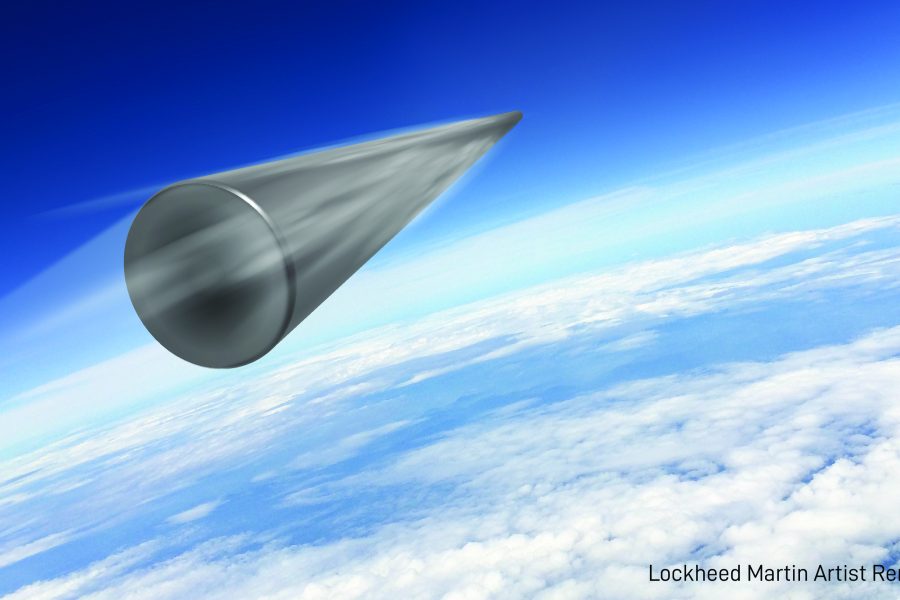The Air Force and Lockheed Martin announced their first test June 18 of a new reentry vehicle planned to ride atop the Sentinel intercontinental ballistic missile.
An unarmed Mk21A reentry vehicle was launched late June 17 at Vandenberg Space Force Base, Calif. Mounted on a Minotaur I rocket, it flew over the Pacific Ocean, according to a Lockheed Martin press release. The Mk21A is an update to the Mk21 that is currently mounted to the Minuteman III ICBM.
Neither the Air Force nor Lockheed disclosed any other details about the test, though Lockheed did note that “data collected during the event will further inform Mk21A design and future flight test activities.”
The Air Force Nuclear Weapons Center awarded Lockheed a $996 million contract for the Mk21A in October 2023. The reentry vehicles will ultimately be fitted with nuclear warheads and integrated into the Sentinel ICBM. In operation, the reentry vehicle is released near the top of the missile’s arc and descends back through the atmosphere towards the target.
Sentinel has run into trouble recently, with cost and schedule overruns triggering a program review because the impact exceeded limits known as a Nunn-McCurdy breach.
The Nunn-McCurdy Act requires the Department of Defense to report to Congress each time a Major Defense Acquisition Program exceed certain cost thresholds. The Air Force declaired a critical breach for Sentinel in April, indicating cost increases greater than 25 percent over baseline estimates.
Mk21A is technically a separate program. Air Force budget documents show that the service plans to buy 426 reentry vehicles, with deliveries planned to begin in fiscal 2028 and continue through 2039.
The Air Force is also funding research and development on a “next-generation reentry vehicle.”
The Minotaur I rocket that launched the Mk21A on June 17 is part of a family of systems based on the Peacekeeper and Minuteman rocket motors, Space Launch Delta 30 noted in a release. The Mk21A is an update to the Mk21 that is currently mounted to the Minuteman III ICBM.
Other elements of the Sentinel ICBM have been tested in the past few months. In February, manufacturer Northrop Grumman announced it had conducted a shroud fly-off test and a missile stack test. And in January, the company said it successfully tested the second stage solid-rocket motor of the missile.
The Air Force wants to procure more than 600 Sentinel missiles to replace its aging Minuteman IIIs, which have been operational for decades and are well past their projected service life. The goal is to field the new ICBMs by 2030.
